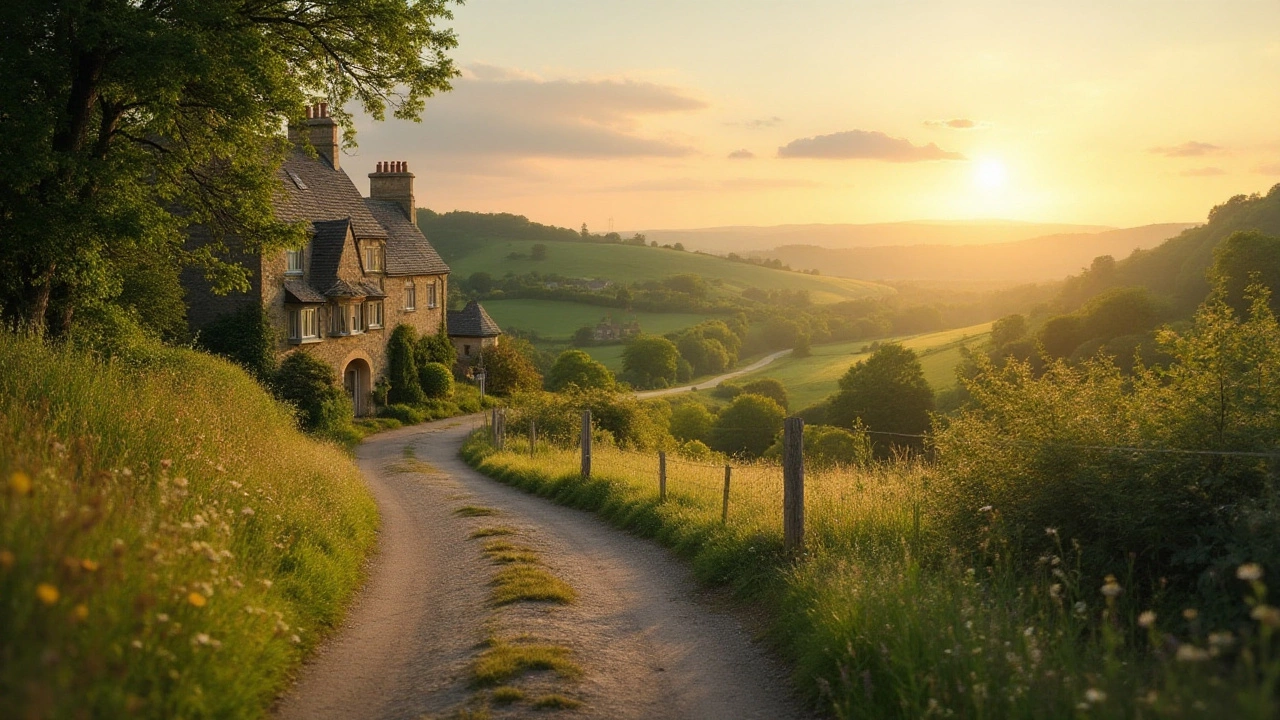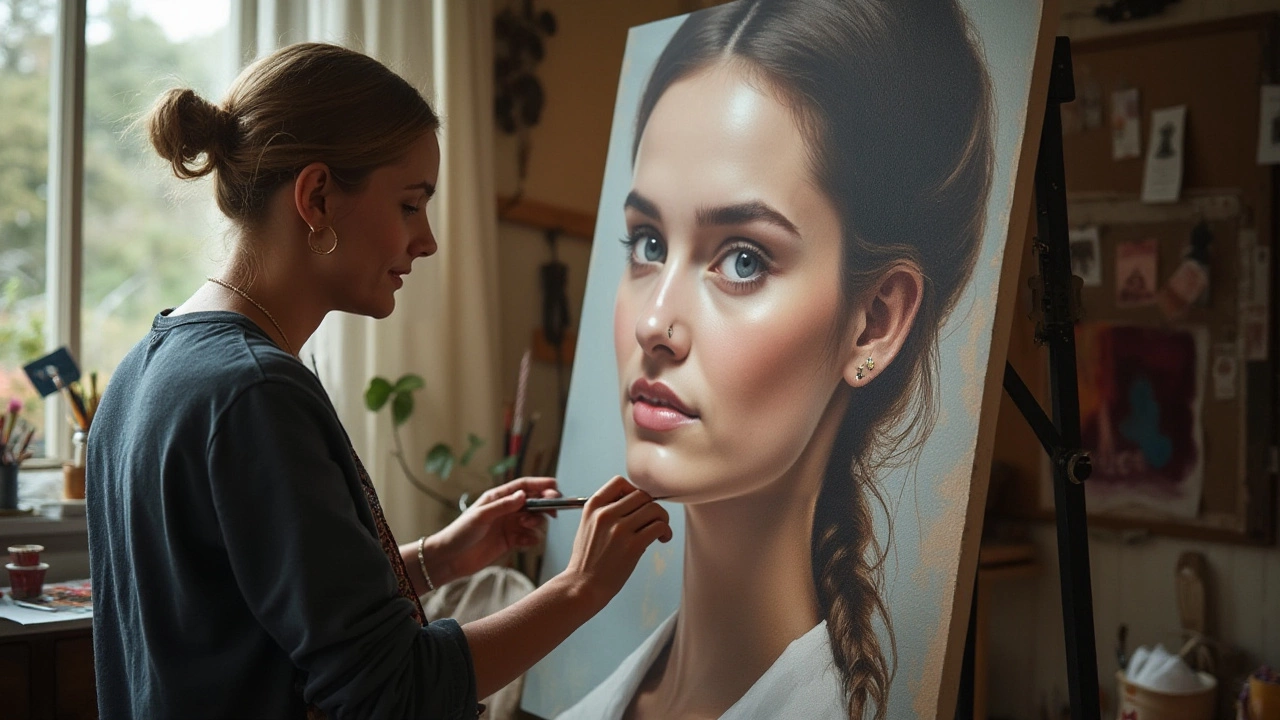Art and Creativity: Practical Tips to Boost Your Painting Skills
Welcome to the Art and Creativity hub! Whether you love painting the great outdoors or capturing a friend's likeness, this page gives you straightforward advice you can use right away. We keep things simple so you can focus on making art, not wading through jargon.
Master the Essentials of Landscape Painting
Landscape painting starts with four building blocks: composition, lighting, color, and mood. First, think about where you want the viewer’s eye to travel. Place a strong element—like a tree or a rock—off‑center and balance it with open space. Next, watch the light. Early morning or late afternoon light creates long shadows that add depth. Choose colors that match the time of day; cool blues for sunrise, warm oranges for sunset. Finally, decide the mood. A stormy sky can feel dramatic, while a calm lake invites relaxation. Combine these basics and watch your scenes come alive.
Getting Real with Portrait Painting
Realism in portrait painting is all about truth. It’s not just copying a face; it’s capturing the subtle way skin reflects light and how small muscles shape expressions. Start with a light sketch to lock down proportions. Then, build layers of tone—light, mid, dark—until the form looks three‑dimensional. Pay attention to texture: the softness of a cheek, the roughness of hair. Small details, like a stray eyebrow or a faint smile line, often make the biggest impact. Practice these steps and you’ll see more life in your portraits.
Both landscape and portrait painting benefit from a habit of observing real life. Grab your phone, snap a quick photo of a sunset or a friend, and study how light and color work together. Use that observation as a reference, not a crutch. Over time you’ll train your eye to notice the nuances that turn a flat image into a vivid painting.
If you’re looking for deeper dives, we have two detailed guides ready for you. The "Mastering Landscape Painting: 4 Essentials for Captivating Imagery" article breaks down each of the four pillars with examples and quick exercises. Meanwhile, "Realism in Portrait Painting: Discovering the Art of True‑to‑Life Representation" explores techniques for achieving lifelike results, from brush handling to layering glazes.
Why does creativity matter? It’s the spark that pushes you to try new compositions, blend unexpected colors, or experiment with mixed media. When you let curiosity guide you, each painting becomes a chance to solve a visual puzzle. Ask yourself what story you want to tell, then let the brush do the talking.
Ready to put these ideas into practice? Pick a simple scene—maybe a park bench at dawn—and apply the four landscape basics. Or sit down with a friend for a quick portrait session, focusing on light and texture. Keep your sketches loose, your colors honest, and enjoy the process.
Remember, art is a journey, not a destination. Use this page as your launchpad, explore the detailed posts, and keep painting every day. Your next masterpiece is just a brushstroke away.

